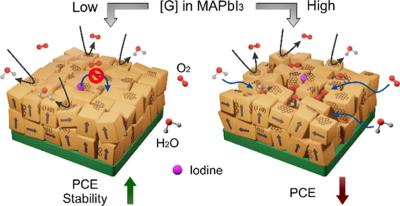Saule Technologies launches electronic shelf labels powered by perovskite solar cells
Saule Technologies has unveiled its new PESL (Perovskite Electronic Shelf Label) technology - the world's first electronic price and advertising labels powered by perovskite photovoltaic cells. The devices enable wireless change of the messages displayed on it, and are said to have lifetimes of around 10 years.

Saule Tech has already released large-scale PSCs intended for building facades, PSC-powered blinds, and now, this new product from the IoT category ' an intelligent system for handling electronic labels, powered by a perovskite solar cell instead of the traditional battery.









